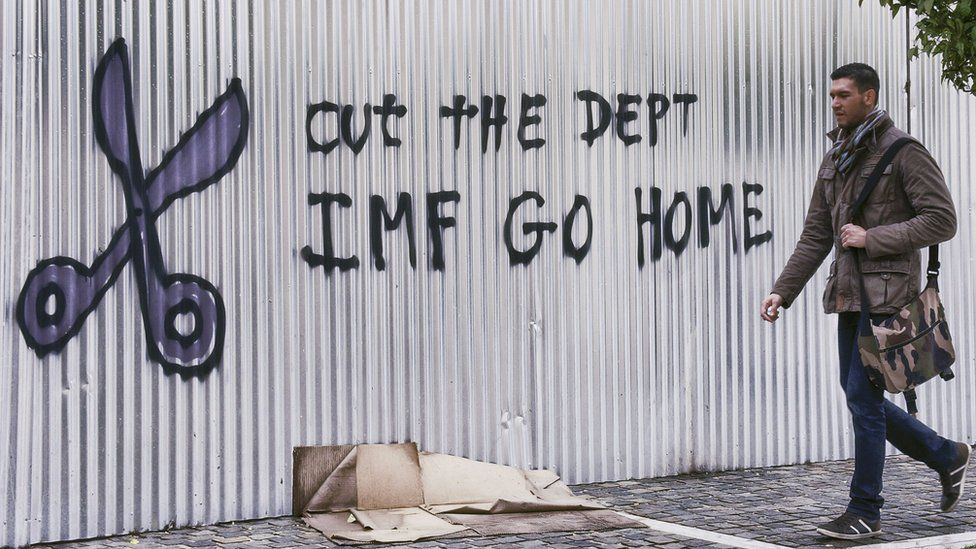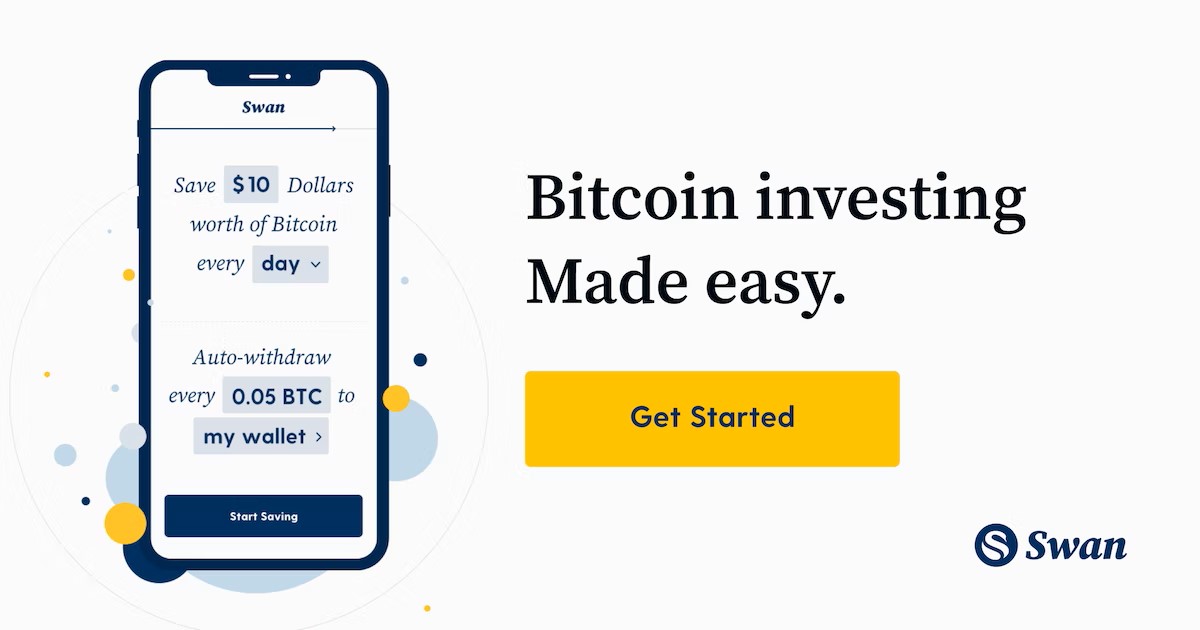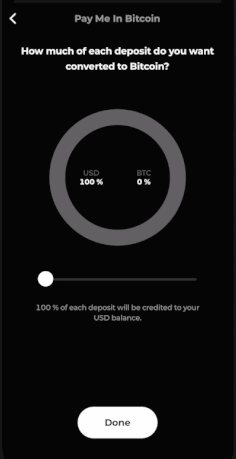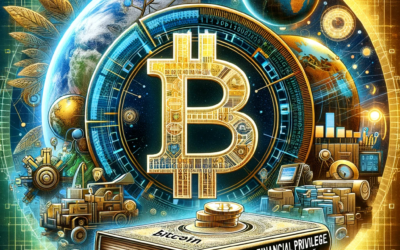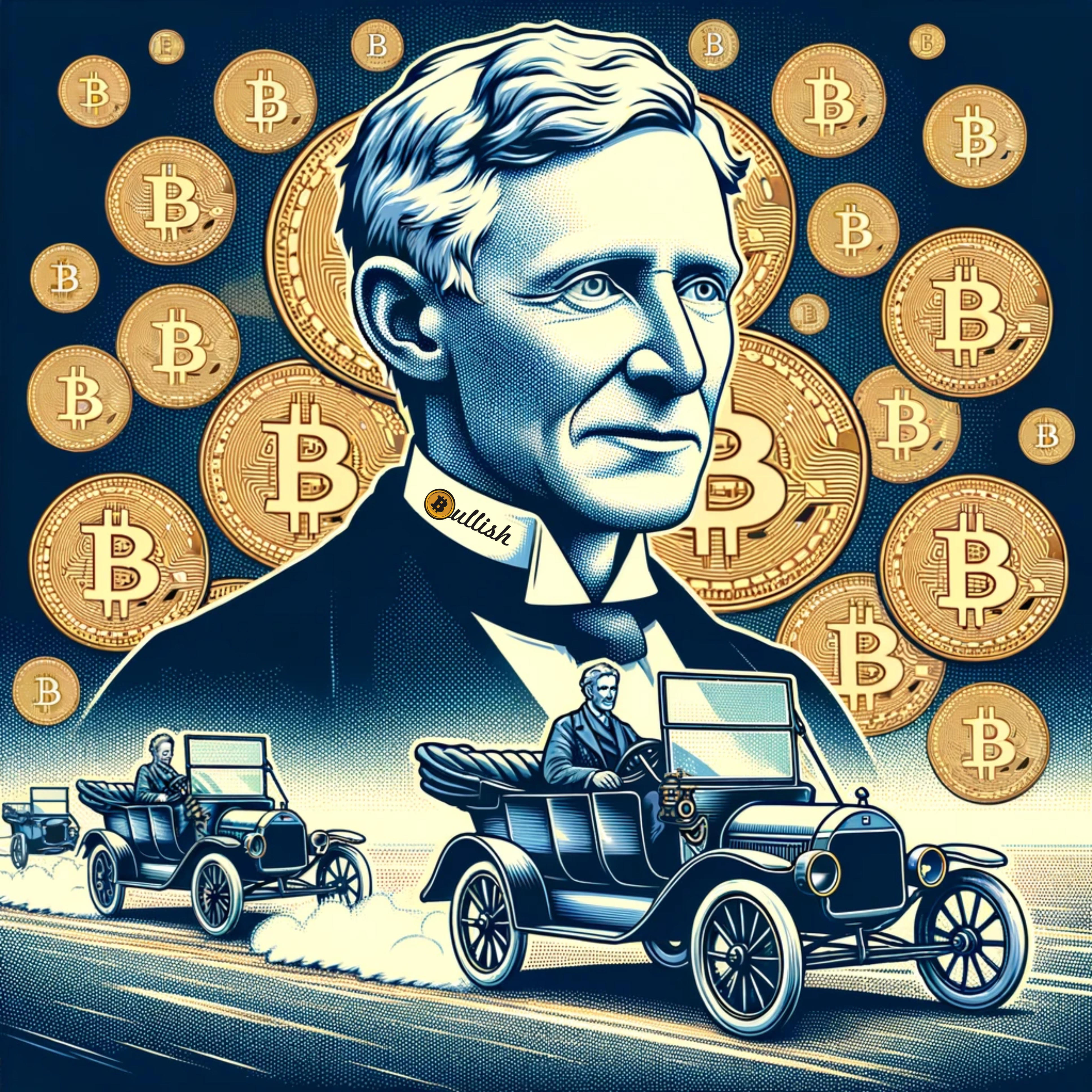Imagine you could make money out of thin air. Now imagine you could loan this free money to someone who desperately needs it and require them to pay it back with interest. On top of this, you get to dictate how they use this money along with how they live their life. Now you have made a new source of income from this poor person’s interest payments and ensured that they only use the money for things that benefit you. All of this is done without any real initial cost to yourself.
The IMF and the World Bank
The International Monetary Fund (IMF) and the World Bank are two international organizations that work on behalf of their major creditors, which have traditionally been the United States, the United Kingdom, France, Germany, and Japan. The organizations were created at the Bretton Woods Conference in 1944 as part of a new U.S.-led global monetary order. The World Bank is traditionally headed by an American and the IMF by a European. The World Bank provides credit to developing countries to reduce poverty, increase shared prosperity, and promote sustainable development. The IMF offers credit to its member countries facing balance-of-payment issues, using a pool of reserves created by member’s own currencies and hard currency. The IMF is a supranational central bank, which mints its own currency, Special Drawing Rights (SDRs), whose value is based on a basket of the world’s top currencies. Both organizations were primarily focused on assisting developing countries with short-term, high-interest-rate loans, but the World Bank also focus on projects and sectors specific. The voting power in these organizations is not based on population, but it is constructed to favor US, Europe and Japan.
The IMF and World Bank are international organizations that control global trade and lending, with their major creditors being the U.S., Japan, Germany, the U.K. and France, known as G-5. The G-5 and other industrial powers such as G-10, Ireland, Australia, and Korea dominate the executive board of the IMF and make up more than 50% of the votes. This gives the U.S. significant influence over decision-making, even in specific loan decisions. The World Bank has more than $350 billion in outstanding loans across 150+ countries, and both organizations’ lending has increased during the COVID-19 pandemic. The IMF and World Bank’s lending policies have a significant impact on developing nations, as every dollar provided by the IMF unlocks 4-7 dollars of new loans and refinancing from other banks and governments. This cumulative effect can lead to countries being isolated from other lenders if the IMF and World Bank refuse to lend to them. They have affected 3 billion people globally and remained the most important international financial institutions till date. However, their imperial-era structure and lack of representation of the poorest countries has resulted in these nations having no voice in decision-making.
The IMF’s Structural Adjustments
The International Monetary Fund (IMF) offers loans to countries in financial crisis in exchange for implementing policies known as structural adjustment. These loans require borrowers to not only pay back the principal and interest, but also to alter their economic policies according to the demands of the IMF. This often includes a focus on increasing exports and reducing domestic consumption. The “official” purpose of the IMF is to promote economic growth, higher living standards, and reducing poverty, but the true intent is to exploit the resources and labor of these countries to benefit multinational corporations and Western banks. Development scholar Cheryl Payer argues that the IMF aims to discourage local consumption in order to free resources for export, and that the real purpose of these loans is to bribe governments and prevent them from becoming more self-sufficient and independent. When these loans are paid back, the focus is on debt service rather than investing in domestic spending.
The policies of the International Monetary Fund (IMF) and the World Bank on developing countries have similar effects as traditional imperialism, leading to wage deflation, loss of autonomy, and dependency on agriculture. The difference is that in this system, force is replaced by weaponized debt in the form of structural adjustment policies attached to loans. These policies have intensified in recent years, with an increase in the number of conditions attached to loans and an emphasis on promoting exports and reducing domestic consumption. These policies primarily benefit multinational corporations and Western banks rather than the borrowing countries. The IMF and World Bank do not include protections for free speech or human rights or restrictions on military spending or police violence in their loan conditions.
The “double loan” is a twist in the policy of the International Monetary Fund (IMF) and the World Bank. The double loan refers to a situation where a loan is given to a country, usually a former colony, to build infrastructure such as a hydroelectric dam, but most of the money ends up being paid to Western companies, who profit from advising, construction, or import services. The local population is then left with the responsibility of repaying the loan with interest, while the Western companies get paid back double.
In these cases, the IMF and World Bank impose structural adjustment policies, which includes devaluation of local currency, wage controls and bank credit tightening, which disadvantages local entrepreneurs while benefitting multinational companies. This dynamic also applies to aid, such as when a rescue plane is sent to a country in crisis, most of the money paid towards transport, food, medicine, and staff salaries is paid back to Western companies rather than invested locally.
According to historian Graham Hancock, in his book “The Lords of Poverty”, The World Bank admits that out of every $10 it receives, $7 is spent on goods and services from rich industrialized countries. In the 1980s, when the World Bank funding was expanding rapidly around the world, he noted that for every US tax dollar contributed, 82 cents were immediately returned to American businesses in the form of purchase orders.
Take a Step Back for a Moment
Think about the fact that the United States dollar is the world reserve currency. Leaders of the World Bank have the power to create the money they are loaning to these countries out of thin air. For a simple analogy, imagine you could make money out of thin air. Now imagine you could loan this free money to someone who desperately needs it and require them to pay it back with interest. On top of this, you get to dictate how they use this money along with how they live their life. Now you have made a new source of income from this poor person’s interest payments and ensured that they only use the money for things that benefit you. All of this is done without any real initial cost to yourself.
What are the Fundamental Problems?
- It’s fundamentally wrong to have our world reserve currency be one which a select few hold control of.
- It’s fundamentally wrong that more dollars can be created out of thin air, without anything of value backing it.
- It’s fundamentally wrong that the individuals in power use this as an opportunity to repress others.
How does Bitcoin solve this?
You can’t make more Bitcoin out of thin air. There is a fixed limit of 21 million Bitcoin that will ever exist. No individual or isolated group can change the rules of Bitcoin. This is how money should be. On a Bitcoin standard, if an individual or a country wants to better their circumstances, they simply need to provide value in the form of goods or services and ask for Bitcoin in return. With that Bitcoin properly secured, nothing can steal or inflate the value of their hard-earned money away. If you own one Bitcoin, it will always and forever be worth one twenty-one millionth of the entire Bitcoin network. This is how the world should work. People and countries should be rewarded for saving their hard-earned money. Currently, the value of money saved in the bank is diminishing much faster than any bank’s interest rates are paying. This encourages everyone to either invest their money in hopes that their investments retain their value over time, or it encourages people to simply spend their money as quickly as they obtain it. This is not how a stable society exists.
Through the invention of credit, humanity has gone one step further and now spends money before they even have it. I’d like to make it clear that I don’t think the idea of a loan for large purchases like a house or a car is a bad thing. Loans can allow people to get their foot in the door toward freedoms like owning property and contributing toward their own equity. But people are taking credit to a whole different level when they use it to spend beyond their means. In the capitalistic world we live in, it is easy to feel like we don’t have enough when we compare ourselves to others. It’s easy to think that we should spend beyond our means in order to keep up with everyone else. Why should I blame them? Their money isn’t going to be worth any more a year from now than it is today. This is the society that has been molded by the world’s financial leaders. It keeps people in debt and at the mercy of the very institutions which constructed this whole mess. With improvements in technology, prices of goods should be going down. We should see the quality of these goods going up. But in a world where inflation is the norm, we see the exact opposite trends.
The SparkNotes
The International Monetary Fund (IMF) and the World Bank are two international organizations that provide loans to countries in need of financial assistance. These loans come with certain conditions, known as structural adjustments, that require the borrowing countries to alter their economic policies to align with the demands of the IMF and World Bank. These organizations were established in 1944 as part of a new U.S.-led global monetary order and their main creditors are the United States, the United Kingdom, France, Germany, and Japan, known as G-5. Their voting power is constructed to favor these countries. The World Bank is supposed to focus on reducing poverty and promoting sustainable development in developing countries, while the IMF provides short-term, high-interest-rate loans to countries facing balance-of-payment issues. In reality, the true intent of these organizations is to exploit the resources and labor of developing countries to benefit multinational corporations and Western banks. Additionally, the policies of these organizations have a significant impact on developing nations, leading many to believe that these nations have no voice in the decision-making process, which is dominated by countries in power and their respective interests. This all stems from the fact that these institutions in power can create more money at will for these loans. In return, they get interest payments along with the ability to dictate how this money is spent.
There are several fundamental problems with the current global financial system, including the fact that control of the world reserve currency is held by a select few, that money can be created out of thin air without any backing of value, and that this power is used by individuals in power to repress others. Bitcoin offers a solution to these problems. The Bitcoin network has a fixed limit of 21 million BTC that will ever exist, and its value is secured by the fact that it cannot be created out of thin air. The world will be a better place when our reserve currency is Bitcoin.
If you enjoyed this article, I’d strongly recommend that you take a deeper dive into this topic by reading Alex Gladstein’s piece titled “Structural Adjustment: How the IMF and World Bank Repress Poor Countries and Funnel Their Resources to Rich Ones” published here in Bitcoin Magazine.
If you enjoyed this article and would like to support this site
“
Injustice anywhere is a threat to justice everywhere.
-Martin Luther King Jr.
“The opposite of poverty is not wealth; the opposite of poverty is justice”
-Bryan Stevenson
Related Articles
Henry Ford’s Financial Vision and Nikola Tesla’s Machine Intelligence: The Convergence in Bitcoin
Introduction The dawn of the 20th century witnessed groundbreaking strides in industrial and technological advancements, primarily led by Henry Ford in manufacturing and Nikola Tesla in electrical engineering. While Ford revolutionized the automotive industry with his...
The Genesis of Bitcoin: Revolutionizing Digital Currency
Introduction: Bitcoin has emerged as a groundbreaking digital currency, reshaping our understanding of financial transactions in the digital age. Its creation by the enigmatic figure Satoshi Nakamoto marks a pivotal moment in the quest for a decentralized currency....
Henry Ford
Henry Ford: Henry Ford, the revolutionary industrialist who founded the Ford Motor Company and fathered modern assembly lines, was also a critical thinker when it came to the economic systems of his time. He was famously critical of the centralized banking system,...
Stay Up to Date With The Latest News & Updates
Access Premium Content
Sed ut perspiciatis unde omnis iste natus error sit voluptatem accusantium doloremque
Join Our Newsletter
Sed ut perspiciatis unde omnis iste natus error sit voluptatem accusantium doloremque
Follow Us
Sed ut perspiciatis unde omnis iste natus error sit voluptatem accusantium doloremque

